Procurement Management: A Comprehensive Guide
September 30, 2024 2024-10-27 14:05
Procurement Management: A Comprehensive Guide
By Daniela Febres
In today’s complex and fast-paced business environment, procurement management plays a crucial role in ensuring that organizations can acquire the goods and services they need efficiently and cost-effectively. As businesses grow, the need for strategic sourcing, supplier management, and optimization of procurement processes becomes paramount. This article delves into the core elements of procurement management, providing a clear understanding of its importance and offering insights into best practices that can enhance an organization’s purchasing efficiency.
For a more detailed explanation of procurement management, click here to watch this informative video.
What is Procurement Management?
Procurement management involves the processes and activities required to acquire goods and services for an organization. It encompasses everything from identifying the need for a particular product or service, sourcing suppliers, negotiating contracts, and overseeing the delivery and payment processes. Procurement isn’t just about buying; it’s about acquiring the right goods or services at the right time, for the right price, from the right suppliers.
The goals of procurement management are:
- Ensuring the timely acquisition of products and services.
- Reducing costs while maintaining quality.
- Fostering strong relationships with suppliers.
- Ensuring compliance with company policies and legal regulations.
Key Components of Procurement Management
- Needs Identification
The first step in procurement management is identifying the specific needs of the organization. This can involve consulting various departments to understand their requirements in terms of products or services. The procurement team must ensure they have a comprehensive understanding of the needs to acquire the correct items.Key aspects to consider:- Aligning procurement with company objectives and strategy.
- Collaborating with internal stakeholders to determine specifications.
- Prioritizing essential items to ensure timely delivery.
- Supplier Sourcing and Selection
Once the needs are identified, the next step is to find suitable suppliers. Supplier sourcing can be done through a variety of methods, including market research, previous relationships, or supplier databases. Selecting the right suppliers is crucial because it affects product quality, costs, and delivery times.Important considerations when sourcing suppliers:- Cost-effectiveness: Does the supplier offer competitive pricing?
- Reliability: Does the supplier have a track record of delivering on time?
- Quality assurance: Can the supplier meet the organization’s quality standards?
- Ethical sourcing: Does the supplier meet ethical standards and sustainability practices?
- Contract Negotiation and Management
Effective negotiation is critical in procurement management. The contract must outline the terms of purchase, including the price, delivery schedule, quality standards, and any penalties for non-compliance. Well-negotiated contracts protect the organization from unforeseen costs and ensure that suppliers deliver on their promises.Key elements of contract negotiation:- Price negotiation: Securing the best possible deal without compromising quality.
- Payment terms: Agreeing on a fair and feasible payment schedule.
- Performance clauses: Ensuring that the contract includes performance benchmarks and remedies for underperformance.
- Termination clauses: Outlining terms for terminating the contract if necessary.
- Purchase Orders and Approvals
After the contract is signed, the next step is issuing a purchase order (PO). This document authorizes the supplier to provide the specified goods or services and outlines the terms of the agreement. The procurement team must ensure the PO is accurate, complete, and approved by the appropriate authority.Critical tasks in the purchase order process:- Verification: Ensuring that the details in the purchase order align with the contract terms.
- Approval workflow: Setting up a clear process for approvals within the organization.
- Tracking and documentation: Maintaining a record of POs to track performance and manage supplier relationships.
- Supplier Relationship Management (SRM)
Building and maintaining strong relationships with suppliers is a fundamental aspect of procurement management. A good relationship can result in better deals, faster resolution of issues, and long-term partnerships that benefit both parties. Supplier relationship management (SRM) focuses on continuous communication, performance tracking, and joint problem-solving.Strategies for effective SRM:- Regular performance reviews: Monitoring the supplier’s performance and providing feedback.
- Collaborative problem-solving: Working together with suppliers to address any issues or challenges.
- Incentives for good performance: Rewarding suppliers who consistently deliver high-quality goods or services.
- Delivery and Inspection
The procurement team must oversee the delivery of the goods or services to ensure they meet the agreed-upon terms. This includes checking that the correct quantities are delivered, inspecting the quality of the items, and ensuring that they arrive on time.Delivery management best practices:- Quality control: Inspecting products or services to ensure they meet specifications.
- Timely receipt: Ensuring goods arrive within the expected timeframe.
- Issue resolution: Addressing any discrepancies with the supplier immediately.
- Payment and Accounting
Once the goods or services are delivered and inspected, the procurement team must ensure that payment is made according to the terms of the contract. This step requires close collaboration with the finance department to ensure that the payment process is smooth and complies with company policies.Payment process considerations:- Invoice verification: Checking the supplier’s invoice against the purchase order and delivery receipts.
- Timely payment: Ensuring payment is made according to the agreed terms to maintain a positive supplier relationship.
- Accounting records: Keeping accurate records of all transactions for audit purposes.
- Performance Evaluation and Reporting
After the procurement cycle is completed, it’s important to evaluate the performance of both the supplier and the procurement process itself. This helps in identifying areas for improvement and ensures that lessons learned can be applied to future procurement activities.Key performance indicators (KPIs) in procurement management:- Cost savings: Measuring the difference between the initial budget and the final expenditure.
- Supplier performance: Evaluating the supplier’s reliability, quality, and timeliness.
- Procurement cycle time: Assessing how long it takes to complete the procurement process from need identification to payment.
- Compliance: Ensuring that all procurement activities comply with organizational policies and legal regulations.
Challenges in Procurement Management
Like any business function, procurement management comes with its own set of challenges. Understanding these challenges can help organizations develop strategies to overcome them.
- Supply Chain Disruptions: External factors such as natural disasters, geopolitical events, or pandemics can disrupt the supply chain, making it difficult to obtain goods on time.
- Cost Fluctuations: Prices of raw materials and goods can fluctuate due to market conditions, impacting budgets.
- Complex Supplier Networks: Managing multiple suppliers, particularly across different regions or industries, can be complex and time-consuming.
- Risk Management: Procurement involves inherent risks, including supplier failure, contract non-compliance, and quality issues.
Best Practices for Effective Procurement Management
To navigate these challenges and streamline procurement processes, organizations should adopt best practices that ensure efficiency, transparency, and cost-effectiveness.
- Invest in Procurement Technology: Modern procurement management systems can automate tasks, provide real-time tracking, and improve communication between procurement teams and suppliers. Tools like procurement software can also offer detailed analytics, helping organizations make data-driven decisions.
- Centralize Procurement Activities: Centralized procurement provides better control and oversight, allowing for more consistent processes across departments. It also makes it easier to negotiate bulk deals and standardize supplier relationships.
- Focus on Sustainability: Many organizations are shifting toward sustainable procurement practices, which involve selecting suppliers who use environmentally friendly practices. Sustainability can also include ethical sourcing, ensuring that suppliers meet labor and human rights standards.
- Train Procurement Teams: Ongoing training and development are essential to keep procurement teams updated on industry trends, new technologies, and best practices. Well-trained staff are more likely to identify cost-saving opportunities and maintain compliance with procurement policies.
Conclusion
Procurement management is a vital function that influences a company’s operational efficiency, cost management, and supply chain stability. By implementing best practices, fostering strong supplier relationships, and leveraging technology, organizations can optimize their procurement processes and gain a competitive edge in the marketplace.
For a more in-depth understanding of procurement management, click here to watch the video.
Related Posts
Procurement Management: A Comprehensive Guide
September 30, 2024 2024-10-27 14:05Popular Tags




























